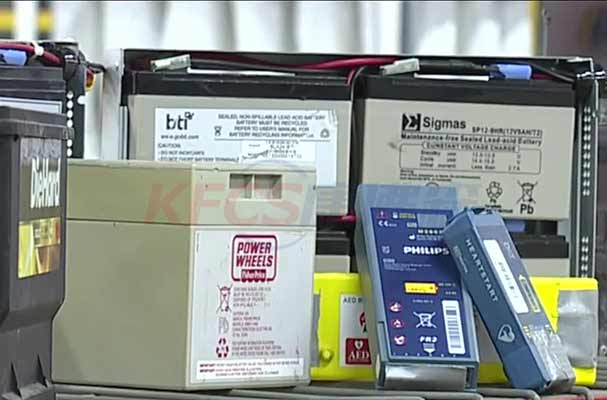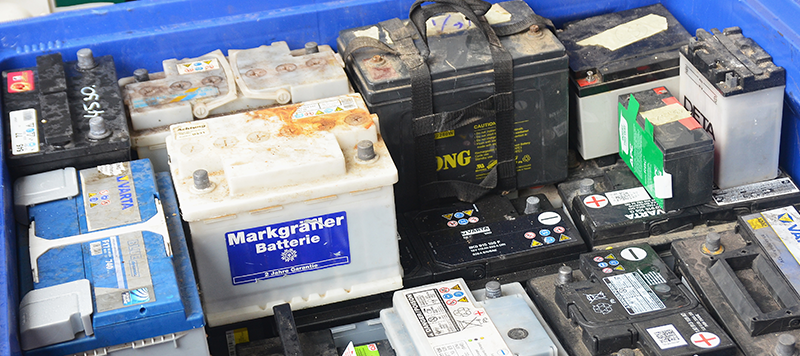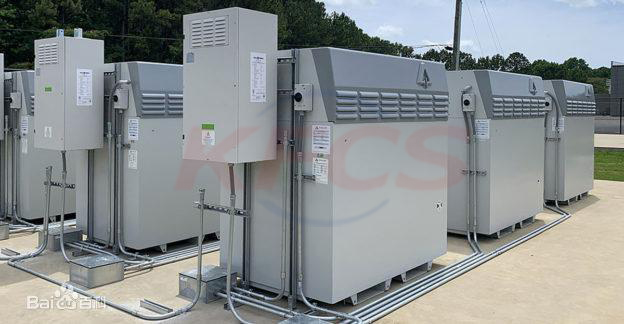A method to stabilize solid-state lithium-ion battery interfaces opens up new possibilities
2022-03-12
In the endless quest to pack more energy into batteries without increasing their weight or bulk, one particularly promising technology is solid-state batteries. In these batteries, the liquid electrolyte, which usually carries the charge back and forth between the electrodes, is replaced by a solid electrolyte layer. Not only would such a battery have the potential to deliver twice as much energy as it is, but it would also essentially eliminate the fire hazard associated with today's lithium-ion batteries.
But there's one thing holding back solid-state batteries. The instability of the boundary between the solid electrolyte layer and the electrodes on both sides can greatly shorten the life of such batteries. Some studies have used special coatings to improve interlayer bonding, but this adds to the expense of additional coating steps in the manufacturing process. Now, a team of researchers at MIT and Brookhaven National Laboratory has figured out a way to achieve results that equal or exceed the durability of coated surfaces, but without the need for any coatings.
The new method only requires eliminating any carbon dioxide present in a critical manufacturing step, called sintering, in which the battery material is heated to create a bond between the cathode and the electrolyte layer, which is made of a ceramic compound. made. Although the amount of carbon dioxide present in the air is pitifully small, measured in parts per million, its effects are enormous and harmful. Carrying out the sintering step in pure oxygen creates a bond that matches the best surface properties of the coating without the additional cost of the coating, the researchers said.
The problem of electrical conductivity has been effectively solved, and reasonable high-conductivity materials have been demonstrated. However, overcoming the instabilities that arise at the interface is much more difficult. These instabilities can occur during both the fabrication and electrochemical operation of such cells, but for now researchers have focused on fabrication, particularly the sintering process. They demonstrated that avoiding carbon dioxide, especially maintaining a pure oxygen atmosphere during sintering, can result in very good bonding at temperatures up to 700 degrees, without any harmful compound formation
About News
- 2.5kW vanadium battery
- What is a vanadium battery?
- Application of vanadium battery in photovoltaic power generation
- VFB-1KW all-vanadium flow energy storage system
- A temperature monitoring device for an all-vanadium redox flow battery case
- The history of vanadium battery
- Vanadium Redox Battery 24V 33ah Rechargeable
- 1.3 billion US dollars, 1200 ~ 1300MWh! World's largest off-grid battery energy storage project completes financing
- Manufacture solar cells and glass from 1 billion tons of biomass waste
- Diluted high-concentration electrolyte improves LMB cycling performance, study finds
Products








